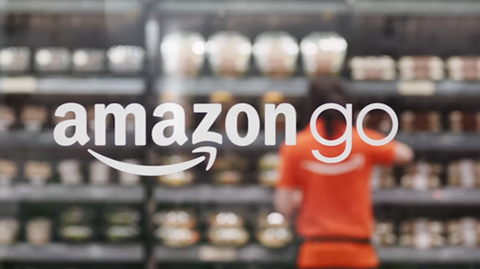
Amazon = ambition
Sir, The Editor’s Leader last week noted the hysteria around the unveiling of Amazon Go in the US and questioned the British shopper’s appetite for such a format. While the idea of ‘just walk out’ transactions in stores - especially grocery - has been around for at least a decade, the introduction of Amazon Go represents another example of the company removing friction from the shopping process and continuously innovating on price, selection, convenience and experience.
But the company won’t stop there. Amazon Go - now reportedly registered for a UK trademark - signals a clear commitment to driving its food and consumables market globally. Just look at what it’s been up to over recent years: the launch of Pantry and Fresh, the increasing importance of the Subscribe & Save model to lock in shopper loyalty, the Dash replenish button, and the launch of own-label products on Amazon US this year.
Amazon Go will initially focus on a food-to-go offering, but in the long term Amazon own label will almost certainly form part of its grocery format, with reports suggesting Amazon is working on at least three store formats and a possible 2,000 locations. Private labels, especially those in the value tier, are a tested tactic for keeping prices low - a pillar of Amazon’s growth model. As Amazon progresses towards sustainable profitability in its retail business, own labels will be a key lever for margin enhancement.
Andrew Pearl, strategy & insight director EMEA, Profitero
Bring back the milkman
Sir, Imagine an omnichannel future where household delivery is in totally recyclable containers delivered in electric vehicles producing zero waste and emissions.
In the 1970s this was a reality as almost 100% of milk was delivered in reusable glass bottles off the back of rechargeable electric floats. Now as supermarkets wage war on waste, we should look back to see how to affect future change. In 1970, 98% of milk in the UK was in glass bottles, but by 2012 this fell to 4% due to the cost of glass being more expensive than the newer plastic containers. Plastic is durable and up to the challenge of shorter cycle home delivery in line with omnichannel buying patterns, but it also needs to be ‘automation ready’ and door-to-door ‘delivery friendly’ in the same way the glass bottle was.
Roberto Matteis, general manager, George Utz UK
The one person market
Sir, One or two person households account for 65% of all UK households and this number is set to increase by a further 3.8%. They represent a significant part of the population who will typically have greater disposable income and greater product flexibility. With many products tailored to the family audience, products are currently not developed with smaller households in mind.
The concept of product development for these growing households and their specific needs is something that could benefit many more brands, products and categories. Fresh products for smaller households would also reduce waste.
Janene Warsap, marketing director, Allied Bakeries




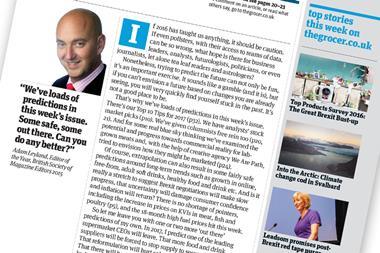
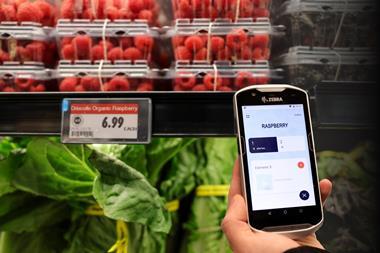


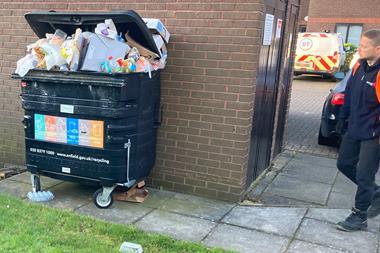
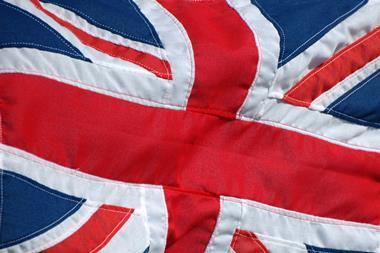


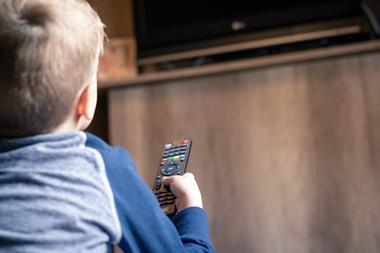

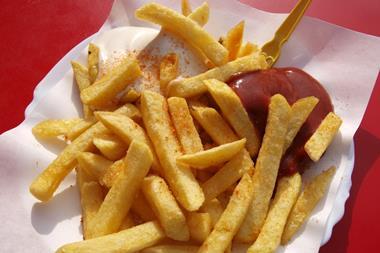
No comments yet